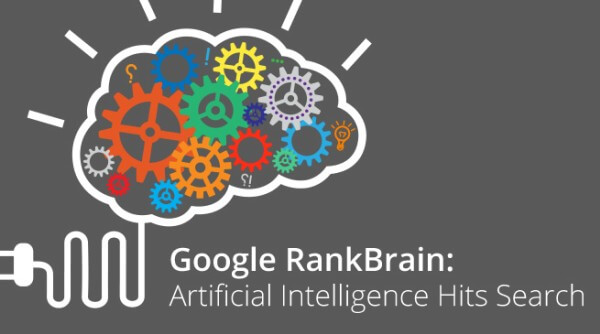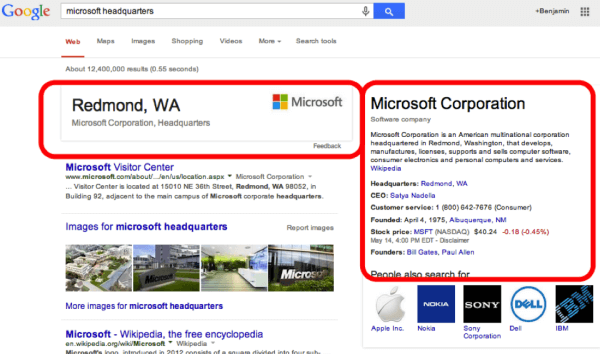What does the future of search engine optimization have in store for us?
SEO has come a long way from being all about on-page optimization, building backlinks and creating “relevant” content. SEO is moving toward a more inclusive strategy that goes beyond new ways of link building or content marketing.
A huge part of present-day SEO practices is brand building and influencing search queries themselves, as opposed to starting with a truckload of keywords and creating content around them. Therefore, while links, keywords, content and site optimization remain the building blocks of SEO, the columns on which the edifice is being built are taking on a different appearance. Let’s see what these pillars are.
1. RankBrain

Although RankBrain is the third most significant ranking factor in the Google algorithm, it is perhaps the most misunderstood one. The speculations and counter-speculations never seem to end.
Since RankBrain was one of the few algorithm updates that Google first revealed to a major news publication, it has caught and held onto the attention of the general tech-reading public, in addition to search engine marketers.
I personally believe Google’s admission that they fully don’t understand RankBrain. However, this doesn’t mask the fact that they’ve made great strides in using machine learning to entrust their prized search algorithm to it.
Additionally, we do have some idea about what RankBrain does not do. According to Gary Illyes and Andrey Lipattsev of Google, RankBrain does not act on your backlink profile, content quality or click-through rate. It only helps the algorithm interpret queries better and match them with relevant page content.
And since Google can do what it does best with less human intervention, industry leaders unanimously agreed that it will gain more significance. So it was no surprise when earlier this year, Jeff Dean revealed that RankBrain now processes every single Google search (that’s at least 63,000 a second) — up from barely 15 percent nine months before.
The future has already happened here.
2. Accelerated Mobile Pages (AMP)

AMP stands for Accelerated Mobile Pages, a Google-backed project designed as an open standard for any publisher to have pages load quickly on mobile devices.
AMP HTML is a way to build web pages for static content that render with reliable, fast performance. It is our attempt at fixing what many perceive as painfully slow page load times – especially when reading content on the mobile web.
In February 2016, Google integrated results from its Accelerated Mobile Pages project into its search results in the form of a “Top Stories” carousel in mobile results. Six months later, Google started displaying links to AMP pages in the main organic search results.
3. The Knowledge Graph & Rich answers

Google’s Knowledge Graph, which it launched in 2012, is its slow but sure attempt to “organize the world’s information and make it universally accessible,” in line with their mission. In a nutshell, it’s Google’s attempt at scraping — sorry, replicating — Wikipedia:
The Knowledge Graph is a knowledge base used by Google to enhance its search engine’s search results with semantic-search information gathered from a wide variety of sources.
The “wide variety of sources” includes Wikidata (to which Google moved its Freebase data and actively contributes), Wikipedia and the CIA World Factbook.
Typically, knowledge graph elements are in the form of boxes of structured information with links to authoritative sources of further information (not always, though). Common formats include the knowledge panel displayed on the right of a SERP and answer box, displayed on top of other organic results.
4. Real-time, integrated penalty filters

Now you see it, now you don’t. There it is! Oh, it isn’t. Google announced that they have finally updated Penguin (after what seemed like a never-ending wait of almost two years), noting that it is for the last time.
That’s because Penguin is now a real-time signal processed within Google’s search algorithm — data on your pages is refreshed every time Google re-crawls and re-indexes them.
A few months earlier, Google also integrated Panda into their main algorithm (though unlike Penguin, it does not update in real time).
Notice a pattern here? Google wants to make spam fighting a central, automated function of serving search results.
This is a very positive sign for website owners — cleaning up spammy backlinks and getting rid of poor-quality content will bring quick results. Marketers struggling to justify extra efforts to improve the quality of their websites will now be able to put their money where their mouth is.
Source : Pratik Dholakiya